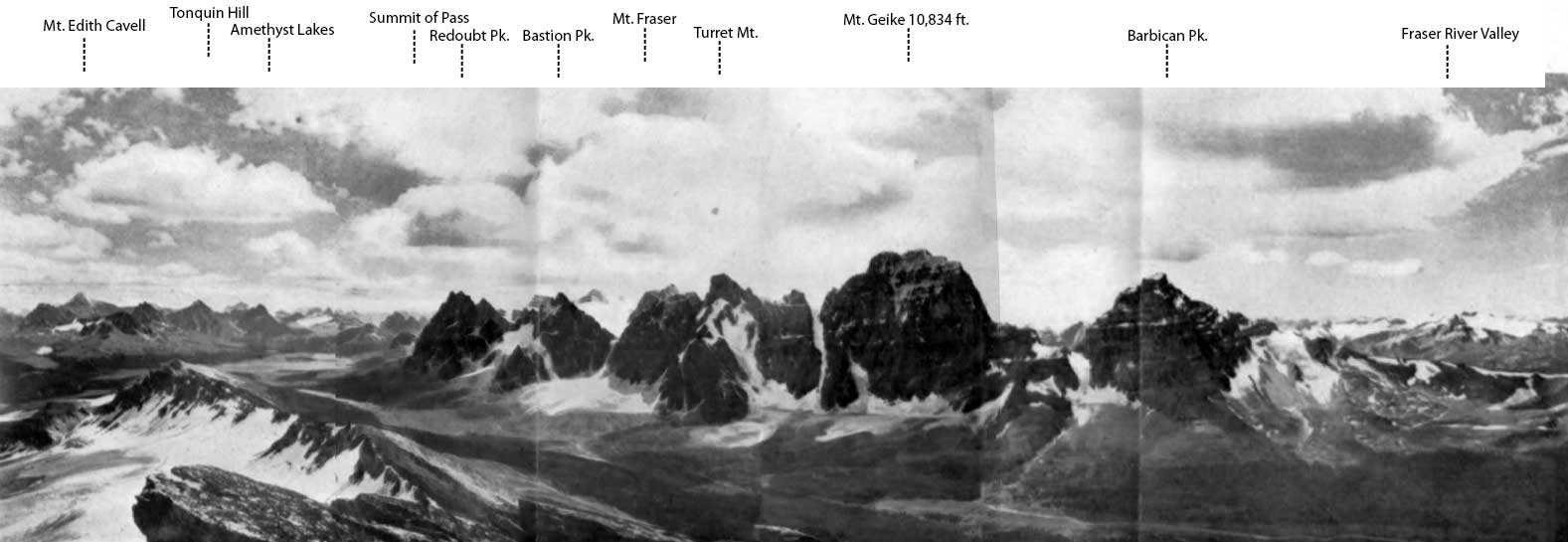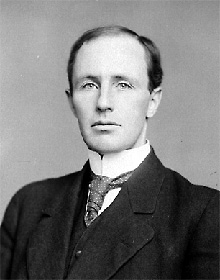Headwaters of Geikie Creek
52.7083 N 118.35 W — Map 83D/9 — Google — GeoHack
Name officially adopted in 1951
Official in BC – Canada
Boundary Commission Sheet 28 (surveyed in 1921)
Pre-emptor’s map Tête Jaune 3H 1931

A bastion is a projecting part of a fortification, consisting of an earthwork in the form of an irregular pentagon. The feature was named by the Alberta-British Columbia Boundary Commission 1921.
- Cautley, Richard William [1873–1953], and Wheeler, Arthur Oliver [1860–1945]. Report of the Commission appointed to delimit the boundary between the Provinces of Alberta and British Columbia. Part II. 1917 to 1921. From Kicking Horse Pass to Yellowhead Pass.. Ottawa: Office of the Surveyor General, 1924. Whyte Museum
- Cautley, Richard William [1873–1953], and Wheeler, Arthur Oliver [1860–1945]. Report of the Commission Appointed to Delimit the Boundary between the Provinces of Alberta and British Columbia. Parts IIIA & IIIB, 1918 to 1924. From Yellowhead Pass Northerly. Ottawa: Office of the Surveyor General, 1925. Whyte Museum
![ATHABASCA PASS. ROCKY MOUNTAINS. Ice gorge. near first summit.. [1872]](/wp-content/uploads/2024/11/rylatt-athabasca-pass.jpg)
![Athabasca Pass. Rocky Mts. Second Summit [1872]](/wp-content/uploads/2024/11/rylatt-athabasca-pass-second-summit.jpg)
